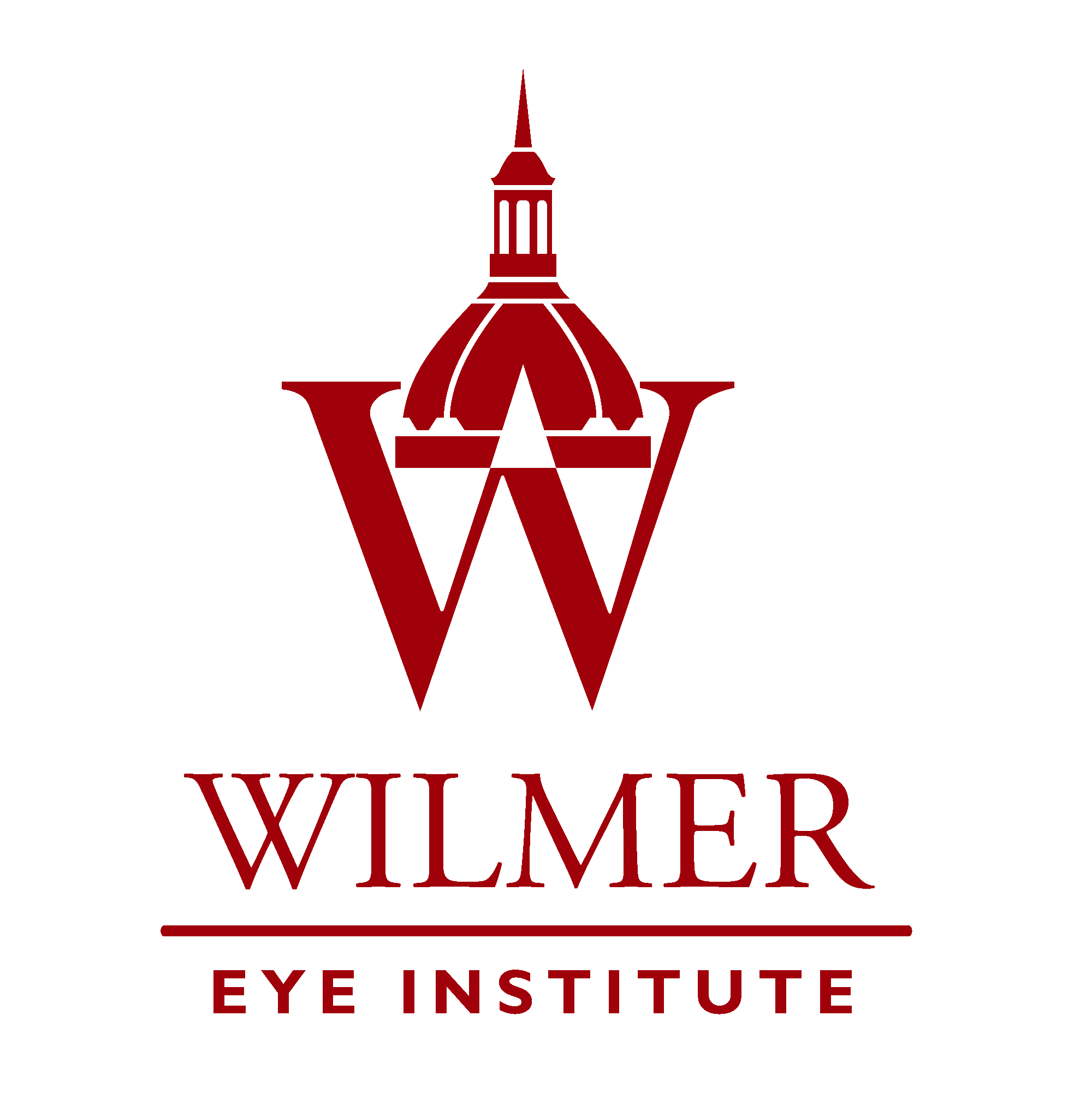
Throwback Series: From epidemic to innovation in corneal surgery

Peter J. McDonnell, MD, reflects on his early experience managing bullous keratopathy with penetrating keratoplasty and how advances like DMEK have transformed outcomes across corneal, refractive, and cataract surgery.
In celebration of Ophthalmology Times’ 50th anniversary, leaders revisit a memorable “throwback” case from earlier in their careers. In this special series, they reflect on how evolving knowledge, techniques, and technologies have transformed the way such cases are managed today. Join us as we look back at pivotal moments in their professional journeys — and explore how far the field has come.
This episode focuses on the evolution of corneal surgery in ophthalmology. Once faced with an epidemic of bullous keratopathy caused by early anterior chamber IOL, this ophthalmologist—Peter J. McDonnell, MD—witnessed the advent of DMEK and other advances. McDonnell is director of the Wilmer Eye Institute at Johns Hopkins University School of Medicine, Baltimore, MD, and co-chief medical editor of Ophthalmology Times.
Reflecting on these changes, McDonnell recalls how dramatically the field has evolved, noting, “I’ve seen dramatic changes in my career and how we take care of things.”
Early in his career as a young assistant professor, he encountered what he describes as “pretty much an epidemic of cases of bullous keratopathy due to those rigid, closed-loop anterior chamber IOLs,” he recounts. At the time, managing these patients required frequent penetrating keratoplasties, “every week, multiple penetrating keratoplasties to care for those patients, restore their vision with all the postop care, suture removal, etc., that those required.” This period highlighted the challenges of early intraocular lens technology and the extensive postoperative burden associated with full-thickness corneal transplantation.
In contrast, today’s techniques have ushered in a new era of precision and improved outcomes. “Now with DMEK, it’s so much better,” McDonnell explains, pointing to the significant reduction in surgical morbidity and faster recovery times. Beyond endothelial keratoplasty, similar advances have reshaped other areas as well: “In so many areas—penetrating keratoplasty, refractive surgery, and cataract surgery—during my fun long-term career, we’ve seen dramatic changes and improvements.”
McDonnell reflects not only on the technical innovations but also on the enduring spirit of progress that defines the profession. “It’s really great to be part of a field that embraces innovation the way ophthalmology does,” he says, emphasizing the shared commitment to improving patient outcomes. He concludes with appreciation for the role of professional platforms in fostering this growth: “I hope that Ophthalmology Times has been helpful to its readers in bringing that innovation to their attention.”
Newsletter
Don’t miss out—get Ophthalmology Times updates on the latest clinical advancements and expert interviews, straight to your inbox.















































.png)


